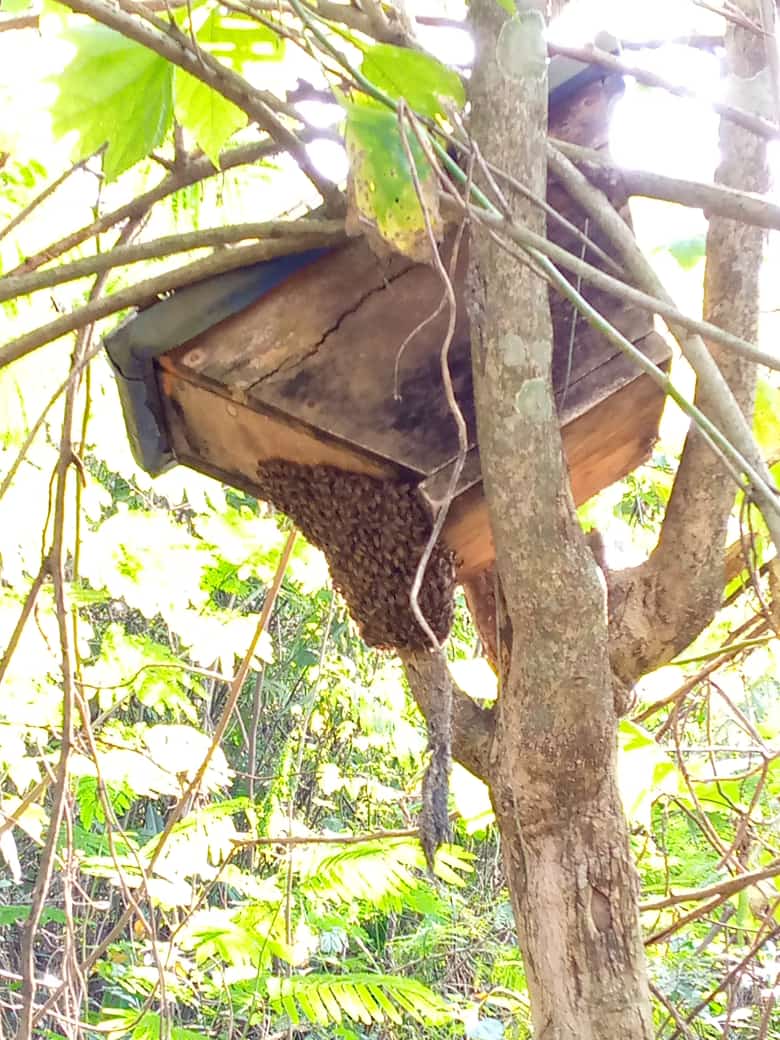
By Jide Shittu
After several years of struggles and clamour with loss of many lives and the deterioration of habitable environment for both living and even non-living, the #Ogonicleanup is fast becoming reality .
From what was greeted as a blessing to the whole polity in the 1950s, to the worst nightmares of several people. The people of Ogoni land and its environs woke up to the harsh realities of living in a land of plenty yet in abject poverty and hardships.
Fathers became redundant; mothers helpless and the children with no means of livelihood knew no other means than to fight for their rights even if it means going the hard way.
The date June 2nd, 2016 will remain a memorable day though greeted with mixed feelings; yes it’s really about time. A source revealed that between 1976- 2001 there had been about 2000 oil spills, destroying vegetation, water bodies and causing lack of portable drinking water due to the high benzene (900 above W.H.O guidelines) rate in the underground water source.
Several, whose source of income is from fishing, were rendered useless. So one could understand why the cleanup exercise if fully implemented will engender a renewed hope of livelihood for the people of Ogoni land.
Asides that the date being a memorable one to the Ogonis, it is also historic to this Buhari led administration. The site for the kickoff of the cleanup exercise, that is Bodo city, was first visited by the then military head of state Gen. Muhammadu Buhari in 1984, where he commissioned a fish farm and also planted a tree.
The site is now a shadow of its old self. For one thing, the people of Ogoni land will ever be grateful to the Buhari led administration for keeping to its campaign promises of the implementation of the UNEP environmental assessment project.
The project which started in the late 2009 and was completed in January 2011, proposed a recommendation for an urgent environmental restoration of Ogoniland which will take about 25 to 30 years. Despite the note of urgency in the report, it will take about 5 years for a willing government to take up the challenge.
Experts have highlighted three key road maps for full implementation of the report; firstly the Emergency approach that entails the provision of portable water source for the people; secondly a need for a comprehensive medical examination of the people with a vibrant health tracking process,; and thirdly creation of centers for both clean up and monitoring of the environment.
There is no doubt that these various exercises will be capital intensive and according to the Minister of Environment, Hajia Amina Mohammed; the federal government has opened an Ogoni Restoration Fund , with an intervention fund of about 1 Billion dollars to be contributed by the federal government and the oil companies.
Also part of the gains for the Ogoni people is the training of the people so as to participate fully in the cleanup process, and ceding the position of the project Manager to an Ogoni indigene. This will bring about the creation of both direct and indirect jobs for the people. There are no doubts as to the gains that await the people of Ogoni land if the report is fully implemented and sustained over the years.
At this juncture there is a need for concerted efforts to ensure the report is fully implemented. Government and the oil companies should keep their own bargain of the agreement by ensuring adequate funding and judicious spending of the funds. The people of Ogoni and its environs should also create an enabling environment for the success of the project, cases of illegal bunkering, bombings of oil pipelines will marred the success of the project.
All and sundry should take heed in ensuring the restoration of Ogoni land.











